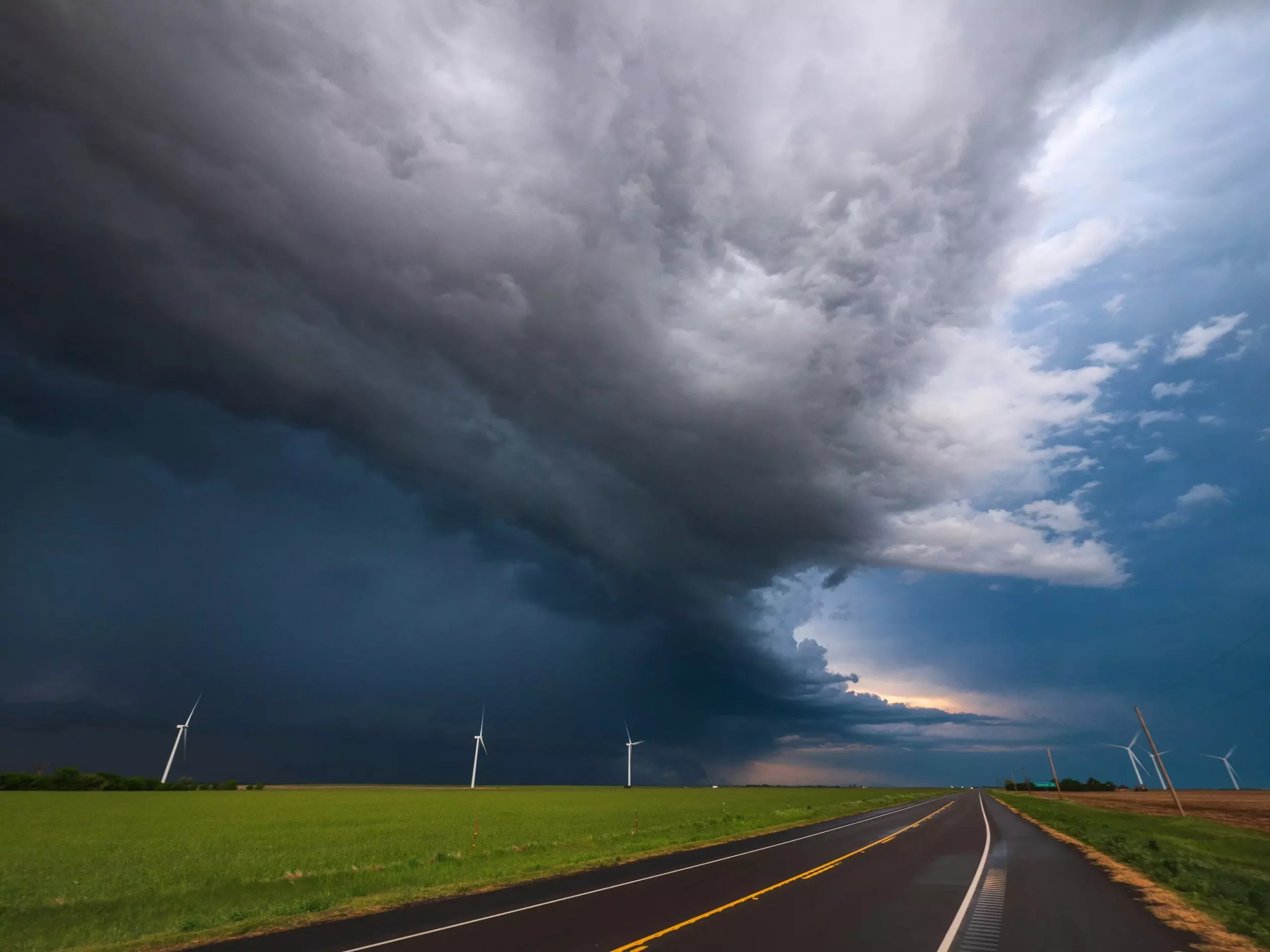In an intriguing convergence of meteorology and astrophysics, recent research proposes that cosmic rays, particularly muons, may be the key to advancing our understanding of tornadoes and other severe weather phenomena. This unique approach not only broadens the horizon for tornado tracking but also adds a layer of safety for researchers in the field. By exploiting the interaction between cosmic particles and atmospheric conditions, scientists may finally be able to enhance weather prediction models with invaluable data derived from high-energy particles.
High-Energy Particles: The Building Blocks of a New Forecasting Method
Muons, elementary particles created when cosmic rays collide with Earth’s atmosphere, have often been overshadowed by their more popular counterparts, electrons. However, these heavier particles possess distinct features that make them superior for observing atmospheric changes. As William Luszczak, the lead author of the study from The Ohio State University, affirms, muons provide critical insights based on their sensitivity to the atmospheric properties they traverse. Unlike conventional tracking techniques that demand scrutinizing storm systems from dangerously close quarters, using muons to analyze storm conditions allows scientists to gather essential data without putting themselves at risk.
When atmospheric conditions fluctuate, particularly during severe weather events such as thunderstorms, muons exhibit measurable variations in their count, direction, and intensity. By studying these fluctuations, researchers can infer valuable information about the underlying mechanisms driving these extreme weather phenomena.
A Leap Beyond Traditional Methods
Traditionally, meteorologists depend upon drones, weather balloons, and ground-based radar systems for tornado detection and tracking. These tools, while effective, have their limitations; they rely heavily on direct interactions with storms, which not only complicates data retrieval but also poses risks to human safety. By pivoting from these conventional methods to a more cosmic lens, Luszczak and his team are revolutionizing how scientists access weather data. Their research is a significant breakthrough, especially considering that the atmosphere’s complexities are often challenging to capture through terrestrial means.
Their study utilizes sophisticated three-dimensional cloud models to accommodate various weather variables, including temperature, wind, precipitation, and other critical elements. These models were calibrated using atmospheric observations from historical supercell thunderstorms, particularly focusing on a notable tornado outbreak in El Reno, Oklahoma, in 2011. The findings suggest that the variations in air pressure around a tornado profoundly influence the behavior of muons, truly illustrating the connection between cosmic phenomena and terrestrial weather systems.
Potential Applications and Practical Challenges
The implications of employing muons to measure atmospheric pressure fields during tornadoes are tremendous, yet they aren’t without challenges. While the idea of creating muon detection systems to monitor severe weather conditions is compelling, the technical hurdles loom large. The proposed detectors, while lighter and more portable than hefty cosmic ray observatories, still need to be strategically placed in tornado-prone areas.
Enumerating on the size and precision of these detectors, Luszczak notes that while smaller devices may be advantageous for mobility, this diminutive nature could lead to inaccuracies in data collection. However, investing in establishing larger, permanent detectors could yield extensive data during severe weather events, thus enhancing the overall accuracy and reliability of weather forecasting.
Moreover, as tornadoes tend to form and dissipate rapidly, the capacity to deploy these detectors effectively could vastly improve the immediacy and precision of alerts issued to the public. Getting advanced notice of dangerous weather conditions can be life-saving, and leveraging cosmic rays could lead to a new generation of weather models that are not only more accurate but also more responsive.
Concluding Thoughts on Weather Predictions and Safety
As the intersection of astrophysics and meteorology deepens, researchers like Luszczak offer a transformative vision for understanding and predicting severe weather events. The utilization of cosmic rays represents a promising avenue for scientific inquiry and technological advancement that could enhance public safety. By refining existing weather models with cosmic insights, researchers may soon revolutionize how tornado warnings are issued, ensuring people have more time to prepare and respond to nature’s violent wrath. Embracing these innovative ideas could lead to a safer future, one where knowledge takes the front seat in combating the unpredictability of severe weather phenomena.

